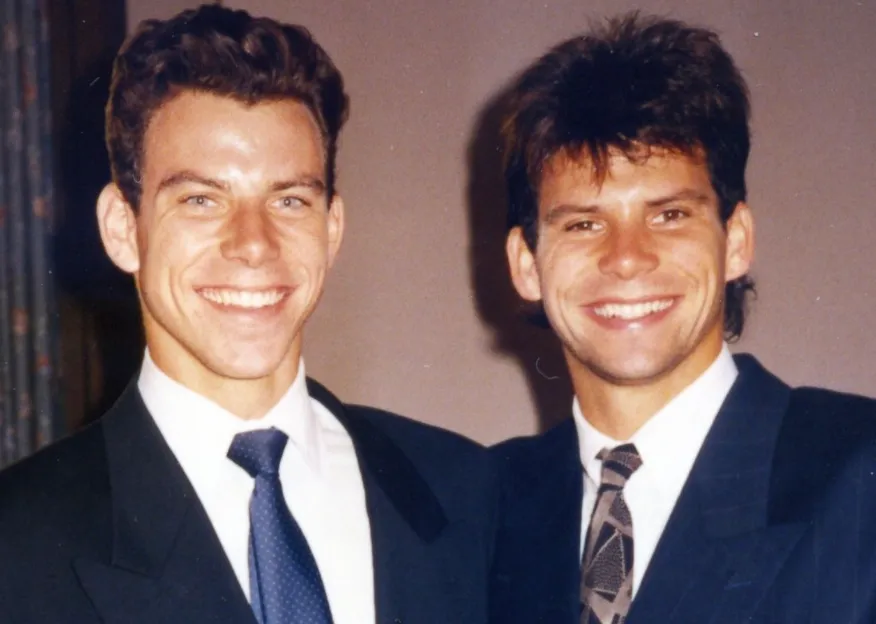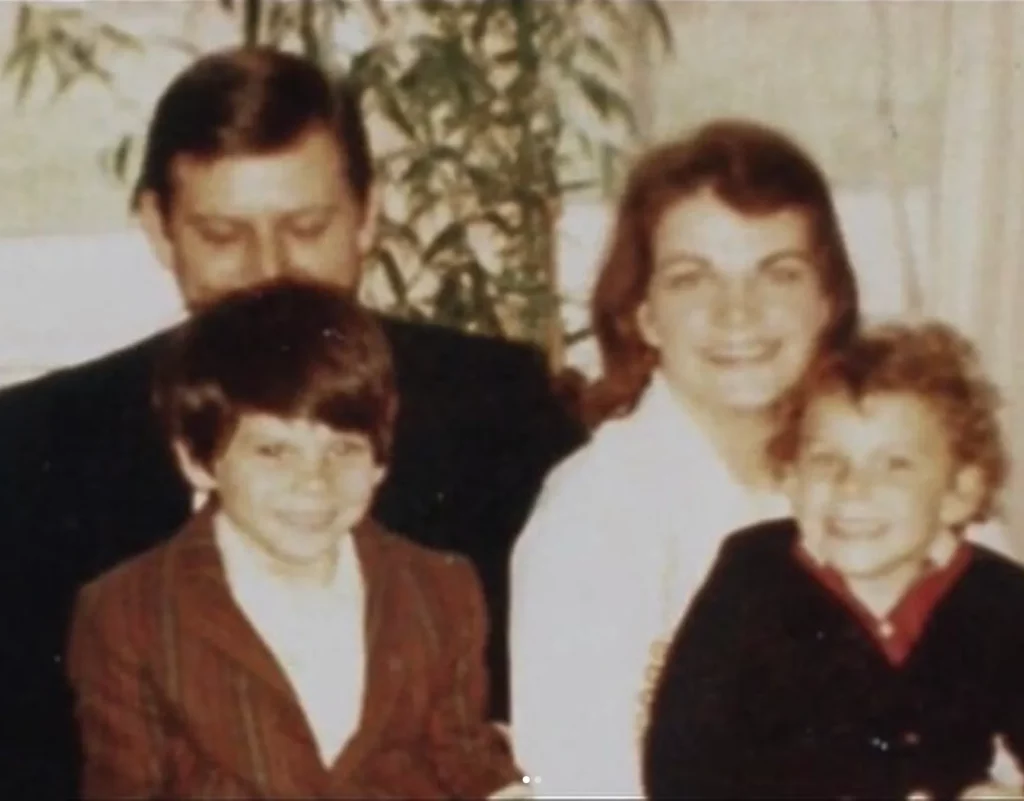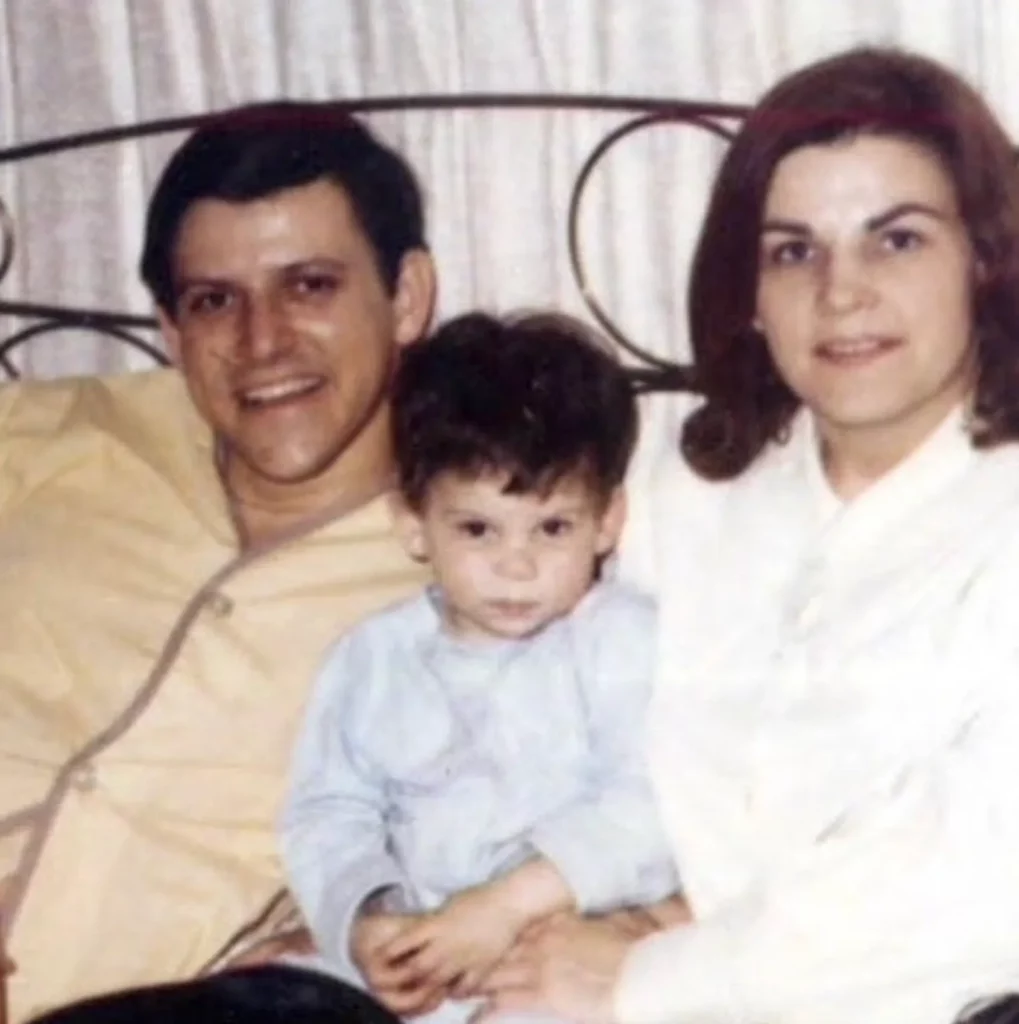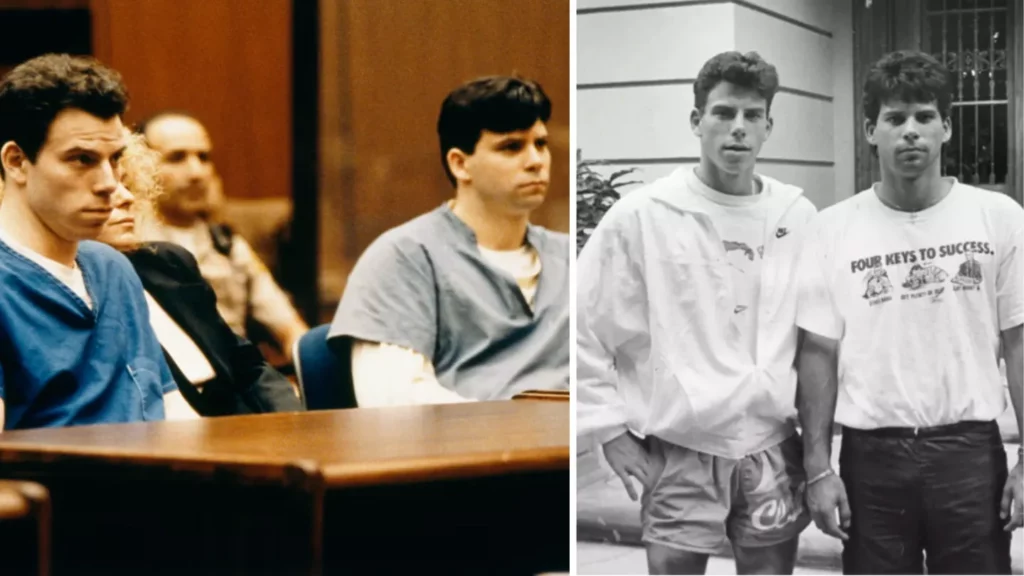Despite the Menendez brothers’ nearly 30-year imprisonment, the world continues to puzzle over the terrible reason behind their parents’ murders. The violent murders of José and Mary Louise “Kitty” Menendez on August 20, 1989, sent shockwaves across Beverly Hills and the country.
What appeared to be a devastating loss for a rich, all-American family swiftly turned into one of the most stunning crimes in U.S. history. Initially, the Menendez brothers did an excellent job portraying sad songs.
Lyle Menendez, 21, placed a desperate 911 call. His voice trembled as he told the operator, “Somebody killed my parents!”
When authorities arrived at the family’s luxurious $4 million property, they discovered a gruesome crime scene. José, 45, sustained six gunshot wounds, one of which was fatal to his back of the head.

The brothers had shot Kitty, 47, ten times. Before the brothers reloaded their weapons and fired the final bullets, they saw her attempting to crawl away.
Investigators first suspected that the attack was a mob hit due to its intensity. José’s connections in the entertainment industry made this possible.
The brothers’ initial alibi appeared convincing. They stated they went to the movies and returned to discover their parents had died.
To back up their story, they purchased movie tickets and disposed of the shotguns used in the murders. They temporarily diverted the attention of the authorities.
However, suspicions rose as the brothers’ actions became more unpredictable. Instead of grieving their parents’ deaths, Lyle and Erik went on a lavish buying spree.

They bought high-end cars, fashionable clothes, and even a restaurant in Princeton. Over the next six months, they spent approximately $700,000 from their father’s inheritance.
This lavish spending triggered red flags for investigators. However, it was not until a confidential therapy session that the reality started to come out.
Erik, overcome with shame, revealed the murders to his therapist, Dr. Jerome Oziel. In a disturbing account, Erik said, “We did it. “We killed our parents.”
Lyle soon joined the session, and the brothers made a heartbreaking confession. They explained how they had decided to murder their parents a week before the murders.
Their anger for their father, whom they considered a “dominating force,” motivated them to set up the murders. The brothers revealed that the crime was cold and planned.
Erik was the first to enter the TV room, where their parents sat. José was shot, and Lyle administered the killing shot.
After they reloaded their firearms, they shot Kitty several times, who was still alive and trying to crawl away. According to Dr. Oziel, the brothers thought they had done the “perfect crime.”

They believed that no suspicions would arise from their fingerprints and that they would not find any firearms. They even thought their father would have been proud of their skillful murders.
The story did not conclude with the confession. During their 1993 trial, a different story emerged.
Leslie Abramson and Gerald Chaleff, defense attorneys, offered a new story. They depicted two young guys who had suffered years of sexual, emotional, and physical abuse from their father.
Lyle and Erik said their father assaulted them from an early age. Erik asserted that he endured abuse for nearly a decade.
They claimed that Kitty was involved, turning a blind eye to José’s actions. She also contributed to the emotional torture they experienced.
Their cousins, Andy Cano and Diane Vander Molen, gave evidence at court. They corroborated the brothers’ claims of mistreatment, admitting that they had known for years.
According to the defense, the brothers were afraid for their lives. After confronting their father about the abuse, José allegedly threatened them with death.

The defense also portrayed Kitty as a broken lady. She struggled with despair, alcoholism, and substance abuse.
Prosecutors painted a quite different picture. They said that the brothers were motivated not by terror, but by money.
After their parents’ deaths, Lyle and Erik stood to inherit a substantial fortune. This included their father’s life insurance policies and assets.
Following the deaths, the brothers embarked on a costly shopping spree. This strengthened the prosecution’s theory.
The first trial in 1993 resulted in a hung jury. Jurors were unable to determine whether the brothers were guilty of murder or acted in self defense.
Court TV televised the proceedings live, captivating the nation. The case had all the makings of a true-crime soap opera: money, secrets, and horrific testimony.
In 1995, the judge retried the brothers and found insufficient proof of sexual abuse. This significantly reduced the defense’s argument.
With no cameras permitted in the courtroom, the second trial was less spectacular. In 1996, the court convicted Lyle and Erik of first-degree murder.

The Menendez brothers received a life sentence without the possibility of parole. Today, the Menendez brothers are still in prison.
They are currently serving their sentences in a San Diego prison. Counseling other convicts who have experienced sexual abuse has given them a sense of purpose.
Despite the passage of time, the public’s interest in their case remains strong. Documentaries, documentaries, and television shows, including Netflix’s “Monsters: The Lyle and Erik Menendez Story”, have examined the case.
The narrative has sparked debate about whether the brothers were cold-blooded killers or victims of torture. Even decades later, the matter persists.
Were the Menendez brothers forced to commit the ultimate crime through years of torture? Or did greed and hatred drive them to kill their parents?
While the courts have issued their verdict, the true motivations remain unknown. The Menendez case continues to perplex and interest the public
Feature Image Credit: (ABCNEWS) (Instagram/@menendez_brothers)


